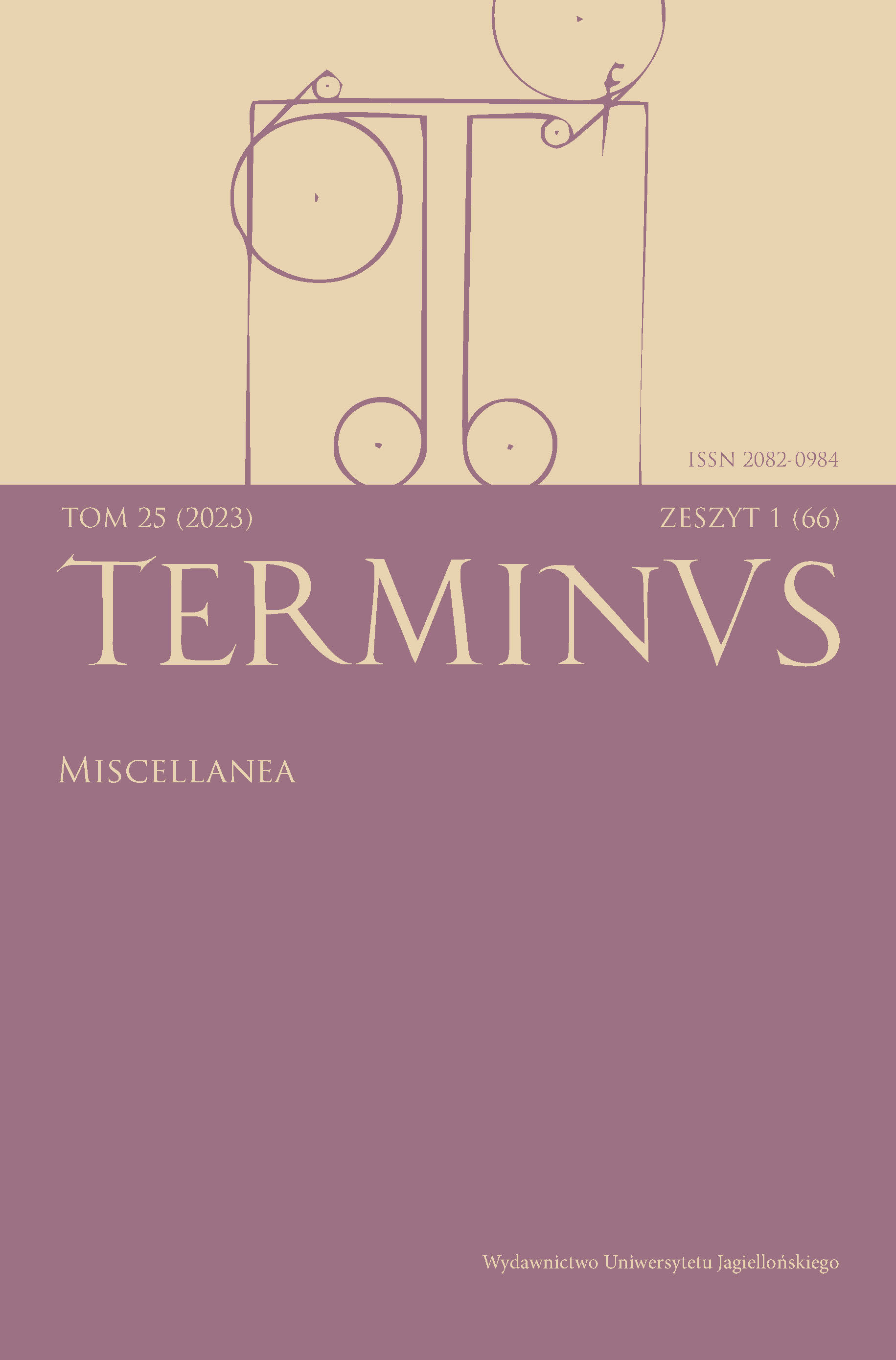Dwie Penelopy. Heroidy Owidiusza a elegie epistolarne Andrzeja Krzyckiego i Baltazara Castiglionego
Two Penelopes: Ovid’s Heroides and its two imitations: Andrzej Krzycki and Baldassare Castiglione’s Epistolatory Elegies
Author(s): Elwira BuszewiczSubject(s): Language and Literature Studies, Studies of Literature, Translation Studies
Published by: Wydawnictwo Uniwersytetu Jagiellońskiego
Keywords: Neo-Latin Renaissance poetry; Ovid’s Heroides; Andreas Cricius; Baldassare Castiglione; Penelope
Summary/Abstract: The article presents a bilingual (Latin with a Polish translation) edition of two Neo-Latin imitations of Ovid’s Heroides, preceded by an introduction and provided with a philological and historical commentary. Both poems were written in the first twenty years of the 16th century. The author of the first one is Andrzej Krzycki (Cricius, 1482–1537), who at the time of composing the poem was the secretary of the first wife of Sigismund the Old, Barbara Zapolya. As the queen’s secretary, Krzycki was responsible for the stylistic aspect of her letters, which made it all the easier for him to create a fictional epistolary elegy on her behalf. The elegy commemorates the victorious battle for the Polish-Lithuanian army with the Grand Duchy of Moscow at Orsha (1514). For the poet it was also an opportunity to praise the invincible king and his army.The author of the second elegy is Baldassare Castiglione (1478–1529), known as the author of Il libro del Cortegiano. He wrote a poetic letter on behalf of his wife, Ippolita Torelli, who was waiting for her husband’s return from Rome. Both authors not only refer to the situation of Penelope in Ovid’s first heroide, but also use Ovid’s other letters of heroines and their neo-Latin imitations. Castiglione also evokes one of Propertius’ elegies (IV 3), which seems to be a “proto-heroide”. Krzycki’s “Penelope” seems to be psychologically less complex, while its Italian counterpart consciously employs allusions, rhetorical games and omissions. Both display a wide range of feelings from despair and sadness to hope, and express deep affection for their husbands. The introduction places the poems in their historical and literary contexts, underlining especially Ovid’s Heroides influence on European Renaissance literature. The commentary indicates some similia and explains many details related to the circumstances of creating these works.
Journal: TERMINUS
- Issue Year: 25/2023
- Issue No: 1 (66)
- Page Range: 63-96
- Page Count: 34
- Language: Polish

